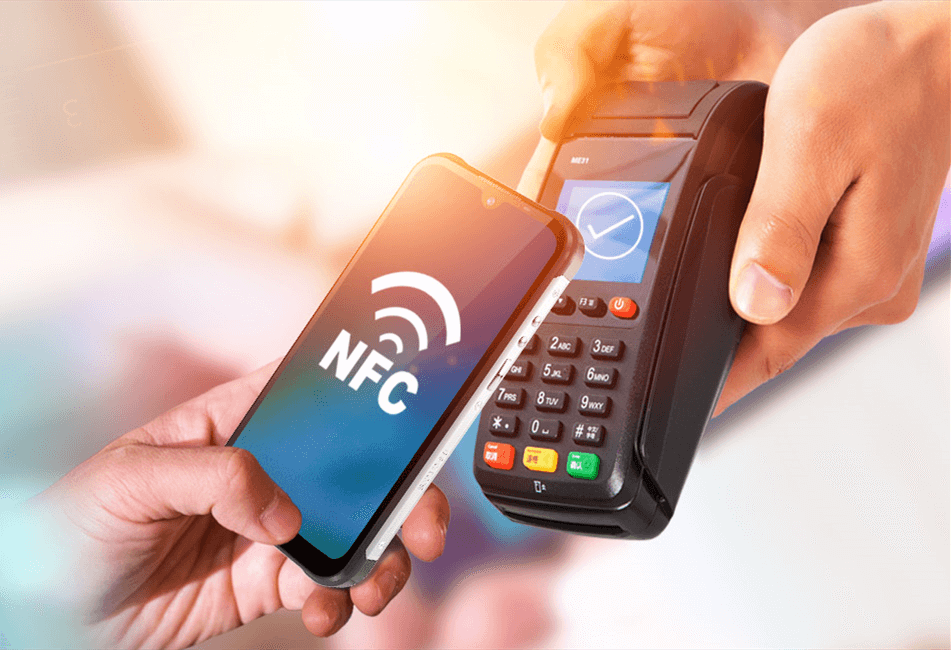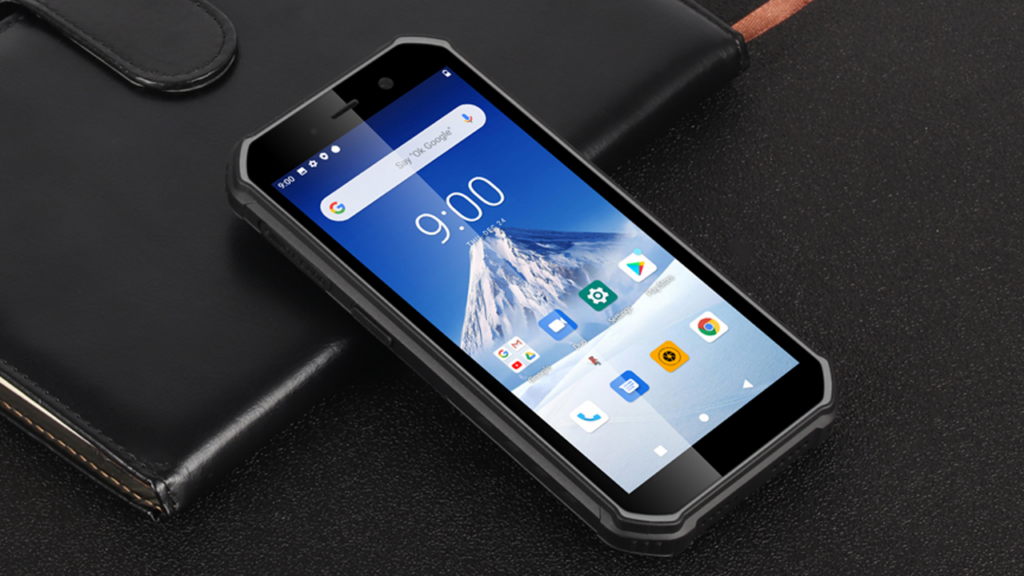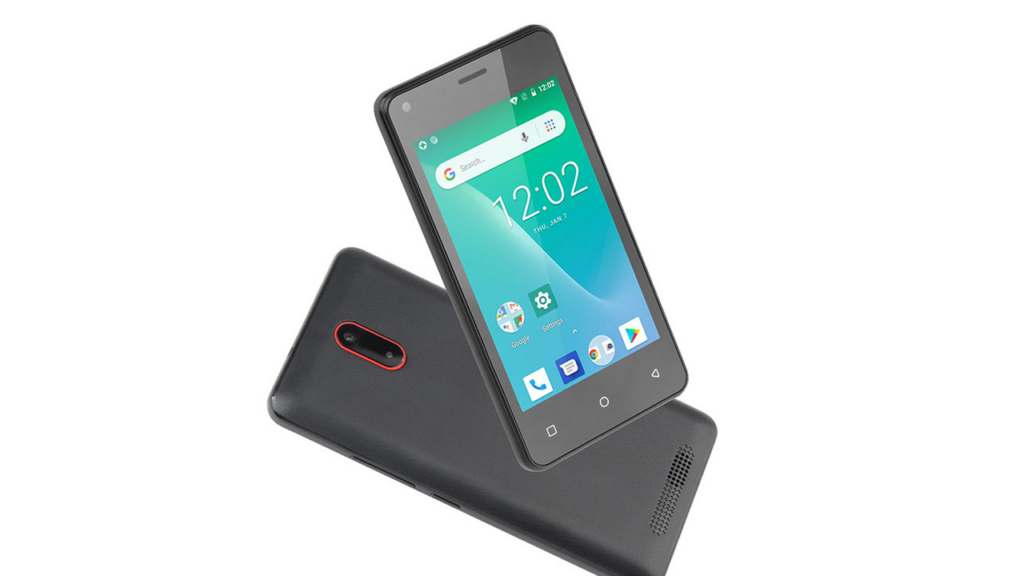Recent Blog
-
UNIWA will bring new models of handheld smart terminals to MWC Barcelona 2025. Our booth number is 7F21. Welcome to visit us!
2025-01-18 -
Welcome to visit our booth 5H26.From October 18th~21st 2023,UNIWA will participate in the Hong Kong Global Sources Electronics Fair
2023-09-19 -
Welcome to visit our booth 5J29. From April 18th~21st 2023, UNIWA will participate in the Hong Kong Global Sources Electronics Fair
2023-04-03 -
The Top 6 Android Barcode Scanners in 2023
2023-02-24
Sensors in Smartphones: What Are They?
The smartphones we use today are sophisticated little machines that have gone through an incredible evolution over the last decade. They are now capable of working as a personal assistant that can monitor our heartbeat, track our movements, and anticipate our needs.
But have you ever wondered how your smartphone achieves such remarkable feats? A lot of those coolest feats are accomplished through different sensors in your phone. But do you know how many smartphone sensors are in your device, or what their purpose is?
Let’s check them out!

Accelerometer
In order to watch a video, you often hold your mobile phone in landscape mode. When you turn the mobile phone from portrait mode to landscape mode and vice versa, the picture on the screen orients itself in tandem with the mode. The function of the accelerometer is to sense the changes in the holding position or orientation of the smartphone and send signals to the device’s operating system.
The accelerometer measures both the X and Y coordinates to match the display with the orientation of the device. With the introduction of the accelerometer, both mobile and gaming apps have become more user-friendly.
Gyroscope
The gyroscope picks up motion-sensing where the accelerometer leaves off. Gyroscopes are not new. They have been long used in planes to detect altitude (as opposed to lateral motion), but in phones, they are now so common, we likely don’t think much about their presence.
When you play a game that allows you to shift your view or influence your action by simply tilting your phone to the side, you are making use of the gyroscope which interprets your small shifts and turns relative to prior phone positions, even though you are not physically moving in any direction.
Magnetometer
While the gyroscope mainly operates on the phone’s physical orientation and the accelerometer measures motion, the magnetometer measures the direction and global positioning based on sensing of magnetic fields.
Our smartphones are equipped with a magnetometer, which we commonly recognize as a compass. It can detect magnetic fields, so the compass app in phones uses this smartphone sensor to point at the planet’s north pole.
Whenever you open Google Maps or Apple Maps, the magnetometer is fired up to determine which way the map should be. This sensor can detect metal very well, so it is used in metal detector apps too.
Global Positioning System (GPS)
GPS sensor inside phones get a ping from a satellite up in space to figure out which part of the planet you’re standing on (or driving through). They don’t actually use any of your phone’s data, which is why you can still see your location when your phone has lost signal, even if the map tiles themselves are a blurry, low-res mess.
In fact, it connects with multiple satellites, then calculates where you are based on the angles of intersection. If no satellites can be found—you’re indoors or the cloud cover is heavy—then you won’t be able to get a lock.
And while GPS doesn’t use up data, all this communicating and calculating can be a drain on your battery, which is why most battery-saving guides recommend switching GPS off. Smaller gadgets like some smartwatches don’t include it for the same reason.

Proximity Sensor
The proximity sensor determines how far objects are from the phone. For instance, you using a phone held up to your ear has the screen go dark when the phone is touching your face.
If the object is too close and the screen is on, it can trigger unintended actions to be taken by the user contacting the touchscreen. The proximity sensor determines that a user’s face is close enough to their screen, and proceeds to shut the screen off.
Light Sensor
This sensor works in controlling brightness level of screen. It is available in almost every smartphone, ranging from mid to high. If you have put your smartphone to Auto-brightness mode, then when you move out in light, there your phone will automatically boost brightness of the screen. When you come in dark, then with help of this sensor, phone’s brightness will become dim. Depending on intensity of light, this sensor manages brightness of the screen.
Fingerprint Sensor
Gone are the days of memorizing passwords and patterns to unlock your phone, as many users prefer using the fingerprint scanner these days. Fingerprint sensor enables biometric verification to secure many smartphones today. It is a capacitive scanner that records your fingerprint electrically.
When you put your finger on its surface, the ridges in your fingerprints touch the surface, whereas the hollows between the ridges have a slight separation. In short, it measures the varying distances and pattern between the ridges on the surface of your finger. This smartphone sensor is quite useful in apps that require authentication, such as mobile payment apps.
Pedometer
Working in tandem with the accelerometer, the pedometer is predominantly used by fitness apps to count steps. If you have a goal to take 15,000 steps per day, as long as your smartphone is with you, the pedometer will sense your body movements and count your steps.
Modern pedometer sensors are smart enough to recognize when you are in motion and yet not actually walking.
If you jumped, rode a bike, sat in a moving vehicle, or even ran in place, the pedometer would recognize that you are not actually walking and would not count the steps.
While the accelerometer will also detect steps, the pedometer is a more refined sensor, as step counting is its primary task.

Conclusion
Every modern smartphone is equipped with at least 5 sensors. In flagship models, the number of sensors reaches "a dozen", and the manufacturers do not intend to stop there. Given that smartphones are getting smarter day by day and sensors play a major role in it, this list will definitely grow longer, and we will keep adding more to it.
If you are interested in any other smartphone sensors or other questions about smartphones, you are always welcome to contact us for it.
Describe Your Needs In Detail!
We will carefully evaluate your needs and give professional solutions.
